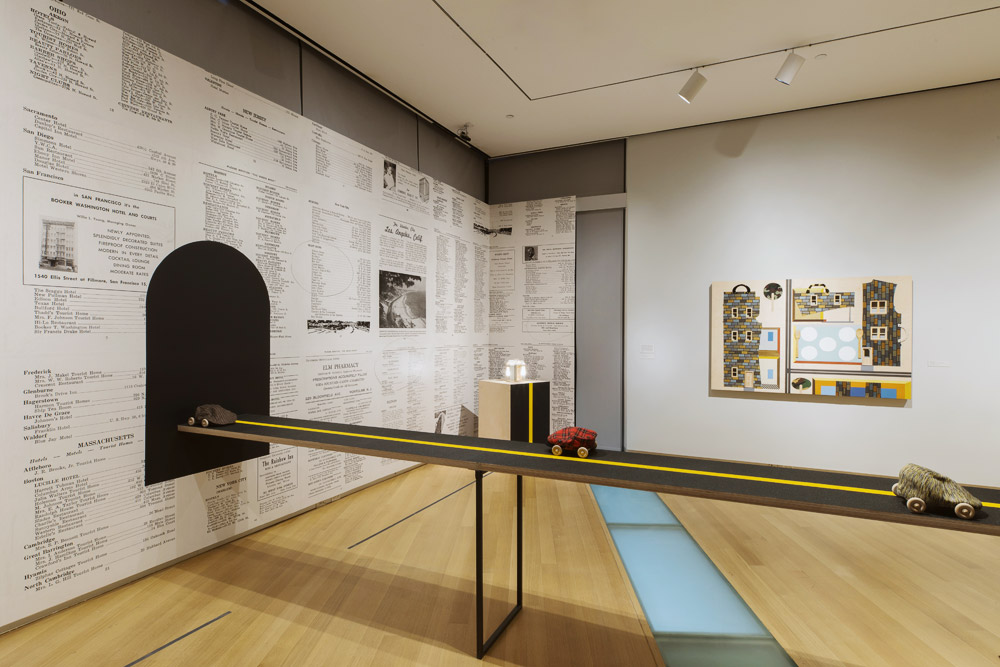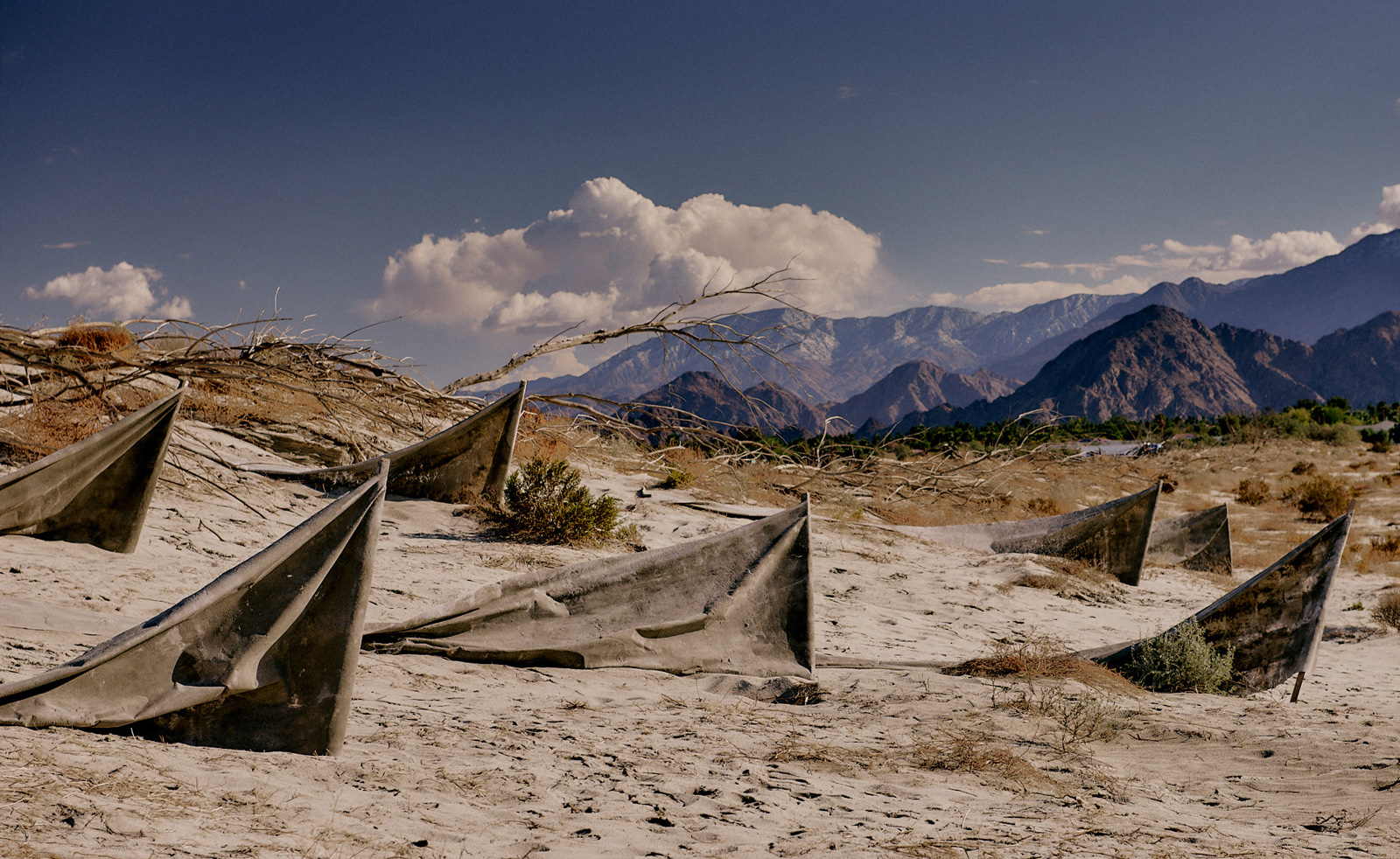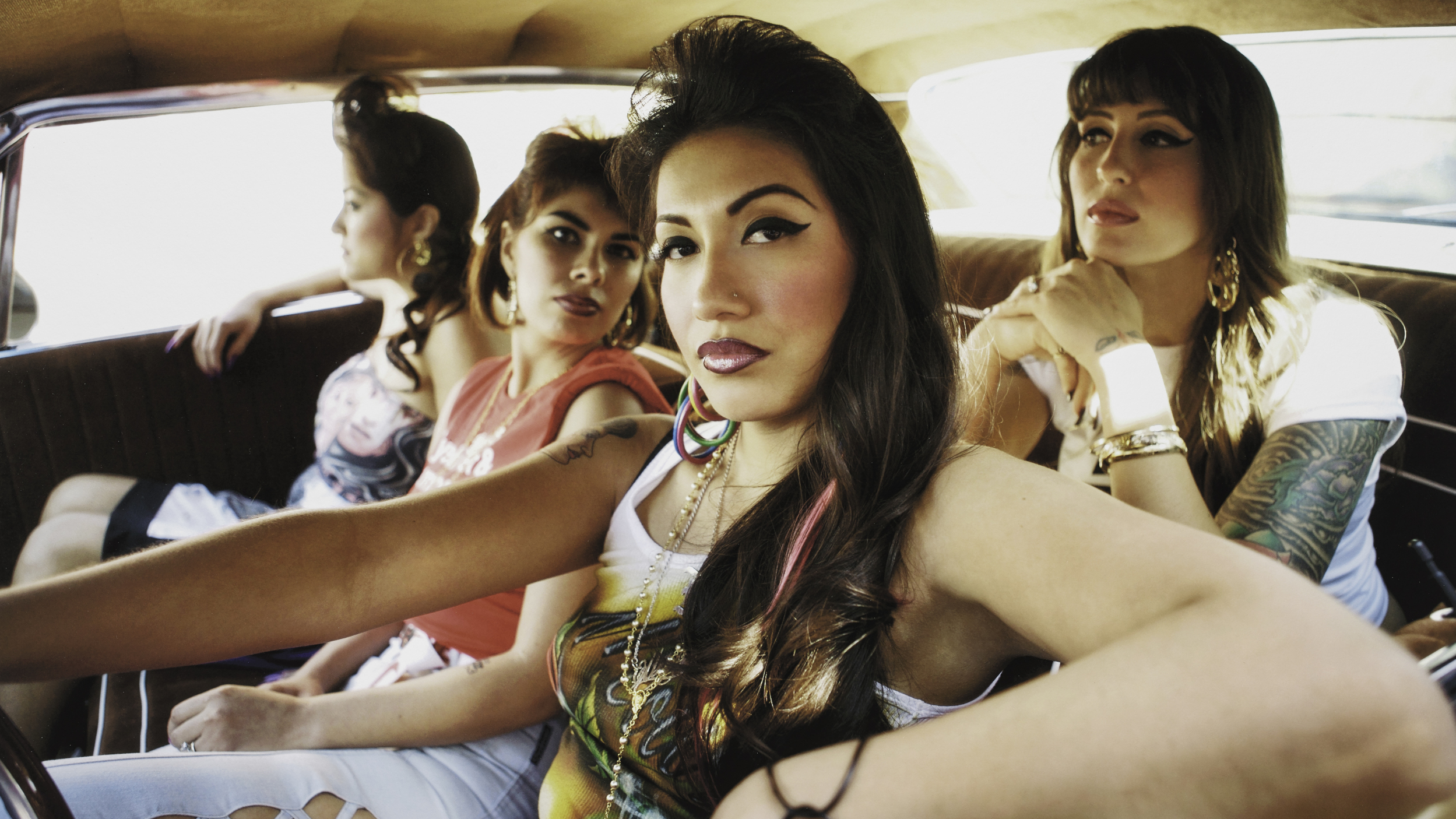Derrick Adams explores African-American travel in the Jim Crow era

Driving while black. This familiar American phrase that lightly summarises the risks and consequences of racial profiling looms large over the American identity. But in the segregated Jim Crow era (1870s through 1960s), driving while black posited additional challenges: where would the African-American traveler stop for a cup of coffee in an unknown state? Where could he or she eat? Which towns could be trusted not to run you out after dark?
In 1936, Harlem postal worker Victor Hugo Green published a guidebook outlining safe and black-owned businesses, hotels and restaurants across the United States. The Negro Motorist Green Book – more commonly known as The Green Book – caught Brooklyn-based multidisciplinary artist Derrick Adams’ eye and he immediately wanted to pay homage to Green’s thoughtful, entrepreneurial spirit through his art.

Installation view of ‘Sanctuary’ by Derrick Adams at MAD, New York. Courtesy of The Museum of Arts and Design
The result, ‘Sanctuary’ at the Museum of Arts and Design (MAD), is Adams’ first major New York exhibition, with over 50 mixed-media collages and sculptures. ‘When Derrick first mentioned The Green Book to me, I had never heard of it. So I asked around and no one I knew had heard of it either,’ says guest curator Dexter Wimberly. ‘I was like, “Holy cow, we have to do this. This is an important piece of American history that isn’t talked about.”’
‘Sanctuary’ isn’t concerned with literally educating the viewer on The Green Book, although its pages serve as the exhibit’s wallpaper. (The Green Book will be the focus of a companion exhibition opening 1 March, ‘Unpacking the Green Book: Travel and Segregation in Jim Crow America’). Instead, Adams focuses on context and motifs in addition to the political and cultural issues, addressing freedom of movement and African American leisure.

Installation view of ‘Sanctuary’ by Derrick Adams at MAD, New York. Courtesy of The Museum of Arts and Design
‘I like to find artists who are interested in materiality and craft, but who work really conceptually,’ says Shannon R Stratton, MAD’s William and Mildred Lasdon chief curator. ‘Derrick is a thoughtful artist who thinks experientially about how his work will be perceived.’
Walking into ‘Sanctuary’, the viewer is immediately segregated by a wooden infrastructure holding a road topped by driving-cap cars and punctuated by house doors. ‘The threshold highlights the experience of being sectioned off,’ Adams says. ‘I wanted to take the figure out of the exhibition, but still represent the figure in travel. There are elements of moving around – going somewhere or coming in from somewhere.’

Installation view of ‘Sanctuary’ by Derrick Adams at MAD, New York. Courtesy of The Museum of Arts and Design
Using materials found in his Brooklyn neighbourhood of Bedford-Stuyvesant, Adams visually rendered the advertising-style jargon found in the book, titling his works with playful phrases like ‘You can have your own view’ and ‘There’s more than one beauty school’. He says, ‘Looking at the book closely, I compiled a sort of data about what kinds of amenities were advertised over and over again and the language they used to lure people into their businesses.’
Familiar leisurewear items such as the aforementioned driving caps, driving gloves, purse handles, and combs mix with kitsch elements like dollhouse windows and commercial grade fabric with printed bricks. ‘I also looked a lot at Jacob Lawrence’s The Migration Series and how he captured figures moving from the south to the north,’ Adams explains. ‘I wanted to be in conversation with his work.’
But ‘Sanctuary’ is as much about moving forward as it is looking back. Wimberly explains, ‘It’s about freedom of rights. It’s impossible to look at this show and not think about immigrants and their rights, and the people who are facing deportation. It’s about being treated like a full citizen, not 10 per cent, 50 per cent, 75 per cent citizen. I hope people think about this in context of their own freedoms.’

Installation view of ‘Sanctuary’ by Derrick Adams at MAD, New York. Courtesy of The Museum of Arts and Design

Installation view of ‘Sanctuary’ by Derrick Adams at MAD, New York. Courtesy of The Museum of Arts and Design

Installation view of ‘Sanctuary’ by Derrick Adams at MAD, New York. Courtesy of The Museum of Arts and Design

Installation view of ‘Sanctuary’ by Derrick Adams at MAD, New York. Courtesy of The Museum of Arts and Design
INFORMATION
‘Sanctuary’ is on view until 12 August. For more information, visit the Museum of Arts and Design website
ADDRESS
Museum of Arts and Design
2 Columbus Circle
New York
Wallpaper* Newsletter
Receive our daily digest of inspiration, escapism and design stories from around the world direct to your inbox.
-
 All-In is the Paris-based label making full-force fashion for main character dressing
All-In is the Paris-based label making full-force fashion for main character dressingPart of our monthly Uprising series, Wallpaper* meets Benjamin Barron and Bror August Vestbø of All-In, the LVMH Prize-nominated label which bases its collections on a riotous cast of characters – real and imagined
By Orla Brennan
-
 Maserati joins forces with Giorgetti for a turbo-charged relationship
Maserati joins forces with Giorgetti for a turbo-charged relationshipAnnouncing their marriage during Milan Design Week, the brands unveiled a collection, a car and a long term commitment
By Hugo Macdonald
-
 Through an innovative new training program, Poltrona Frau aims to safeguard Italian craft
Through an innovative new training program, Poltrona Frau aims to safeguard Italian craftThe heritage furniture manufacturer is training a new generation of leather artisans
By Cristina Kiran Piotti
-
 Leonard Baby's paintings reflect on his fundamentalist upbringing, a decade after he left the church
Leonard Baby's paintings reflect on his fundamentalist upbringing, a decade after he left the churchThe American artist considers depression and the suppressed queerness of his childhood in a series of intensely personal paintings, on show at Half Gallery, New York
By Orla Brennan
-
 Desert X 2025 review: a new American dream grows in the Coachella Valley
Desert X 2025 review: a new American dream grows in the Coachella ValleyWill Jennings reports from the epic California art festival. Here are the highlights
By Will Jennings
-
 In ‘The Last Showgirl’, nostalgia is a drug like any other
In ‘The Last Showgirl’, nostalgia is a drug like any otherGia Coppola takes us to Las Vegas after the party has ended in new film starring Pamela Anderson, The Last Showgirl
By Billie Walker
-
 ‘American Photography’: centuries-spanning show reveals timely truths
‘American Photography’: centuries-spanning show reveals timely truthsAt the Rijksmuseum in Amsterdam, Europe’s first major survey of American photography reveals the contradictions and complexities that have long defined this world superpower
By Daisy Woodward
-
 Sundance Film Festival 2025: The films we can't wait to watch
Sundance Film Festival 2025: The films we can't wait to watchSundance Film Festival, which runs 23 January - 2 February, has long been considered a hub of cinematic innovation. These are the ones to watch from this year’s premieres
By Stefania Sarrubba
-
 What is RedNote? Inside the social media app drawing American users ahead of the US TikTok ban
What is RedNote? Inside the social media app drawing American users ahead of the US TikTok banDownloads of the Chinese-owned platform have spiked as US users look for an alternative to TikTok, which faces a ban on national security grounds. What is Rednote, and what are the implications of its ascent?
By Anna Solomon
-
 Architecture and the new world: The Brutalist reframes the American dream
Architecture and the new world: The Brutalist reframes the American dreamBrady Corbet’s third feature film, The Brutalist, demonstrates how violence is a building block for ideology
By Billie Walker
-
 ‘Gas Tank City’, a new monograph by Andrew Holmes, is a photorealist eye on the American West
‘Gas Tank City’, a new monograph by Andrew Holmes, is a photorealist eye on the American West‘Gas Tank City’ chronicles the artist’s journey across truck-stop America, creating meticulous drawings of fleeting moments
By Jonathan Bell